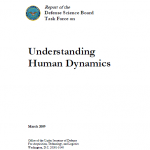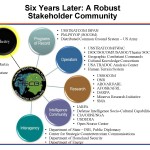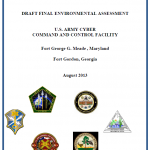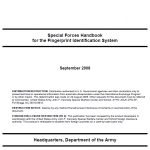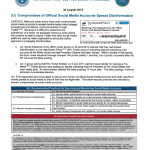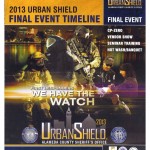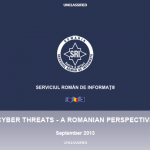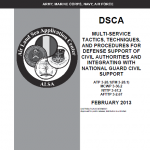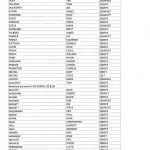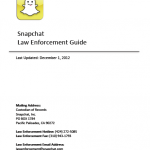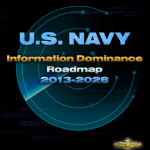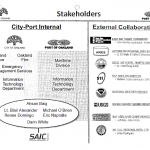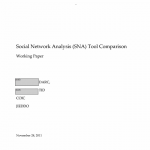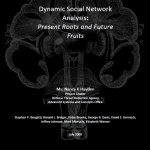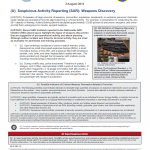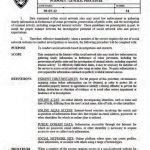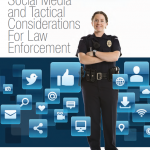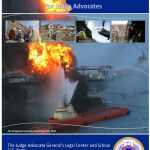
The Domestic Operational Law (DOPLAW) Handbook for judge advocates is a product of the Center for Law and Military Operations (CLAMO). Its content is derived from statutes, Executive Orders and Directives, national policy, DoD Directives, joint publications, service regulations, field manuals, and lessons learned by judge advocates and other practitioners throughout federal and state government. This edition includes substantial revisions. It incorporates new guidance set forth in Department of Defense Directive 3025.18 (Defense Support of Civil Authorities), Department of Defense Instruction 3025.21 (Defense Support of Civilian Law Enforcement Agencies), numerous new National Planning Framework documents, and many other recently updated publications. It provides amplifying information on wildfire response, emergency mutual assistance compacts, the role of the National Guard and Army units in domestic response, and provides valuable lessons learned from major incidents such as the 2010 Deepwater Horizon oil spill and Hurricane Sandy of 2012.

